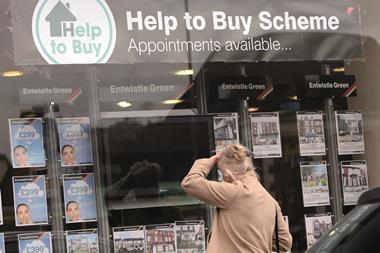Unless flexible exemptions are incorporated into Labour’s proposals for the private-rented sector (PRS), it is difficult to see how a longer minimum tenancy requirement would work with landlords as well as benefiting many tenant demographics.
For existing landlords, proposals for longer minimum tenancy requirements could raise questions in terms of the validity of many buy-to-let mortgages, almost half of which include conditions that do not permit certain tenancy lengths, such as those of more than 12 months.
Labour’s proposals are also likely to ward off property investment and restrict housing supply. Small or accidental landlords may be reluctant to let their home during a temporary job move, for example, while potential investors may avoid the sector if substantial yields are not possible.
From a tenant’s perspective too, minimum tenancies of three years do not reflect the lifestyles of most renters, who like the freedom and flexibility to move location, house,
job etc. The average UK tenancy is 19 months, while students, a large proportion of the rental market, have an average tenancy agreement lasting just nine months. How then are such restrictive requirements likely to be of benefit?
We don’t need more restrictive regulation for landlords, including licensing and rental caps, which are only likely to suffocate the private investment the capital’s PRS desperately needs to support its residents.
Flexibility is the key to the success of the PRS market and rent controls are inflexible. The introduction of these would restrict both landlord and tenant choice, only deterring the investment into the PRS that we need to support generations of renters.
Rob Ellice, CEO, easyProperty






























No comments yet